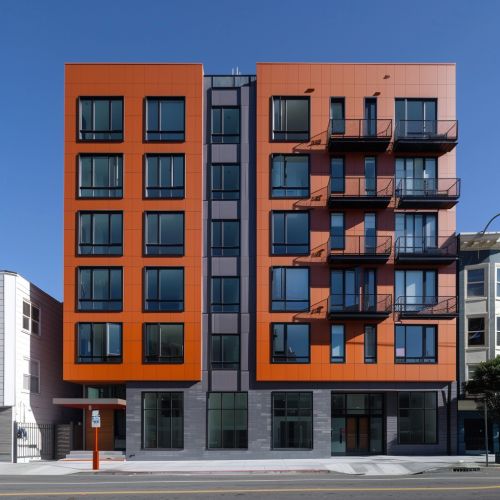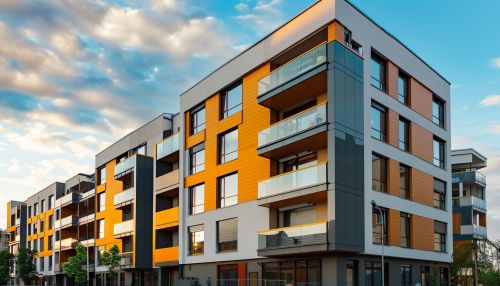Affordable Housing
Introduction
Affordable housing refers to housing units that are affordable by that section of society whose income is below the median household income. The concept of affordable housing is relative and varies from place to place and between different income groups. Generally, housing is considered affordable if it costs less than 30% of one's gross income. It includes rental and owner-occupied houses.


Definition and Measurement
Affordable housing is a term used to describe dwelling units whose total housing costs are deemed "affordable" to a group of people within a specified income range. Although the term is often applied to rental housing that is within the financial means of those in the lower income ranges of a geographical area, the concept is applicable to both renters and purchasers in all income ranges.
The affordability of housing is measured by the housing affordability index, which is equal to the median household income divided by the income needed to purchase a median-priced house. The housing affordability index is also used to compare different areas, or to compare affordability in the same area over time.
Types of Affordable Housing
There are several types of affordable housing, including subsidized housing, public housing, and affordable private housing.
Subsidized Housing
Subsidized housing is government sponsored economic assistance aimed towards alleviating housing costs and expenses for people in need with low to moderate incomes. Forms of subsidies include direct housing subsidies, non-profit housing, public housing, and housing choice voucher rental assistance.
Public Housing
Public housing is a form of housing tenure in which the property is owned by a government authority, which may be central or local. Social housing is an umbrella term referring to rental housing which may be owned and managed by the state, by non-profit organizations, or by a combination of the two, usually with the aim of providing affordable housing.
Affordable Private Housing
Affordable private housing is housing that is provided by the private sector with no direct government subsidy. This type of housing is affordable because of the economies of scale, the use of lower-cost materials, and other cost-saving measures.
Issues and Challenges
Affordable housing is a complex issue that involves many interrelated factors, including economic conditions, population growth, housing supply and demand, government policies, and societal attitudes.
The main challenge in providing affordable housing is the high cost of land and construction. Other challenges include the lack of affordable financing options, the stigma associated with affordable housing, and the resistance of some communities to the development of affordable housing.
Strategies for Providing Affordable Housing
There are several strategies for providing affordable housing, including government subsidies, inclusionary zoning, affordable housing trust funds, and community land trusts.
Government Subsidies
Government subsidies can be used to reduce the cost of housing. This can be done through direct subsidies to developers or through tax incentives.
Inclusionary Zoning
Inclusionary zoning is a strategy that requires a certain percentage of new construction to be affordable to low and moderate income households.
Affordable Housing Trust Funds
Affordable housing trust funds are established by city, county or state governments and are a stable source of funding for affordable housing.
Community Land Trusts
Community land trusts are nonprofit organizations that acquire and hold land for the purpose of providing affordable housing.
Conclusion
Affordable housing is a critical issue that affects the quality of life of individuals and families, the success of businesses, and the health of communities. While there are many challenges in providing affordable housing, there are also many strategies that can be used to increase the supply of affordable housing and make it more accessible to those who need it.
